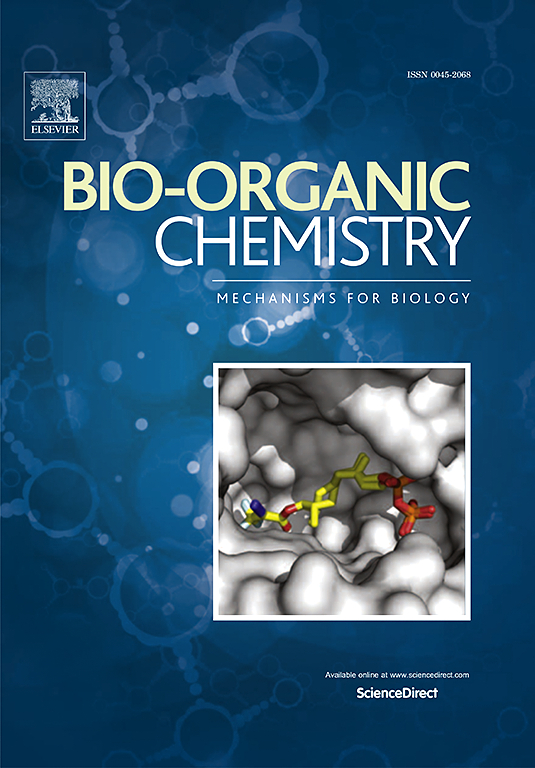Recent advances in PROTAC-based antiviral and antibacterial therapeutics
IF 4.5
2区 医学
Q1 BIOCHEMISTRY & MOLECULAR BIOLOGY
引用次数: 0
Abstract
By harnessing the ubiquitin proteasome system, proteolysis targeting chimeras (PROTACs) have emerged as a highly promising strategy in drug design for degrading pathogenic proteins. The extensive benefits of PROTAC technology have facilitated its swift and extensive adoption, resulting in numerous PROTACs advancing to clinical trials, and most of them was used for cancers, neurodegenerative diseases, and immune disorders in clinical trials. A number of antiviral PROTACs and antibacterial PROTACs have been developed, exhibiting encouraging bioactivities against various pathogenic viruses and bacterial. Herein, this review summarizes recent advances in PROTAC technology for antiviral and antibacterial drugs, we also provided an overview of the current state of PROTAC clinical trials and detailed the crystal structures of PROTAC in complex with its target protein. Hopefully, this review will contribute to the development of novel antiviral and antibacterial drugs through the utilization of PROTAC technology.

基于protac的抗病毒和抗菌治疗的最新进展
通过利用泛素蛋白酶体系统,靶向嵌合体(proteolysis targeting chimeras, PROTACs)已成为一种非常有前途的药物设计策略,用于降解致病性蛋白质。PROTAC技术的广泛优势促进了其迅速和广泛的应用,导致许多PROTAC进入临床试验,其中大多数用于癌症,神经退行性疾病和免疫疾病的临床试验。许多抗病毒和抗菌protac已被开发出来,对各种致病性病毒和细菌表现出令人鼓舞的生物活性。本文综述了近年来PROTAC技术在抗病毒和抗菌药物中的研究进展,综述了PROTAC的临床试验现状,并详细介绍了PROTAC与靶蛋白复合物的晶体结构。希望本文的综述能够为利用PROTAC技术开发新型抗病毒和抗菌药物做出贡献。
本文章由计算机程序翻译,如有差异,请以英文原文为准。
求助全文
约1分钟内获得全文
求助全文
来源期刊

Bioorganic Chemistry
生物-生化与分子生物学
CiteScore
9.70
自引率
3.90%
发文量
679
审稿时长
31 days
期刊介绍:
Bioorganic Chemistry publishes research that addresses biological questions at the molecular level, using organic chemistry and principles of physical organic chemistry. The scope of the journal covers a range of topics at the organic chemistry-biology interface, including: enzyme catalysis, biotransformation and enzyme inhibition; nucleic acids chemistry; medicinal chemistry; natural product chemistry, natural product synthesis and natural product biosynthesis; antimicrobial agents; lipid and peptide chemistry; biophysical chemistry; biological probes; bio-orthogonal chemistry and biomimetic chemistry.
For manuscripts dealing with synthetic bioactive compounds, the Journal requires that the molecular target of the compounds described must be known, and must be demonstrated experimentally in the manuscript. For studies involving natural products, if the molecular target is unknown, some data beyond simple cell-based toxicity studies to provide insight into the mechanism of action is required. Studies supported by molecular docking are welcome, but must be supported by experimental data. The Journal does not consider manuscripts that are purely theoretical or computational in nature.
The Journal publishes regular articles, short communications and reviews. Reviews are normally invited by Editors or Editorial Board members. Authors of unsolicited reviews should first contact an Editor or Editorial Board member to determine whether the proposed article is within the scope of the Journal.
 求助内容:
求助内容: 应助结果提醒方式:
应助结果提醒方式:


